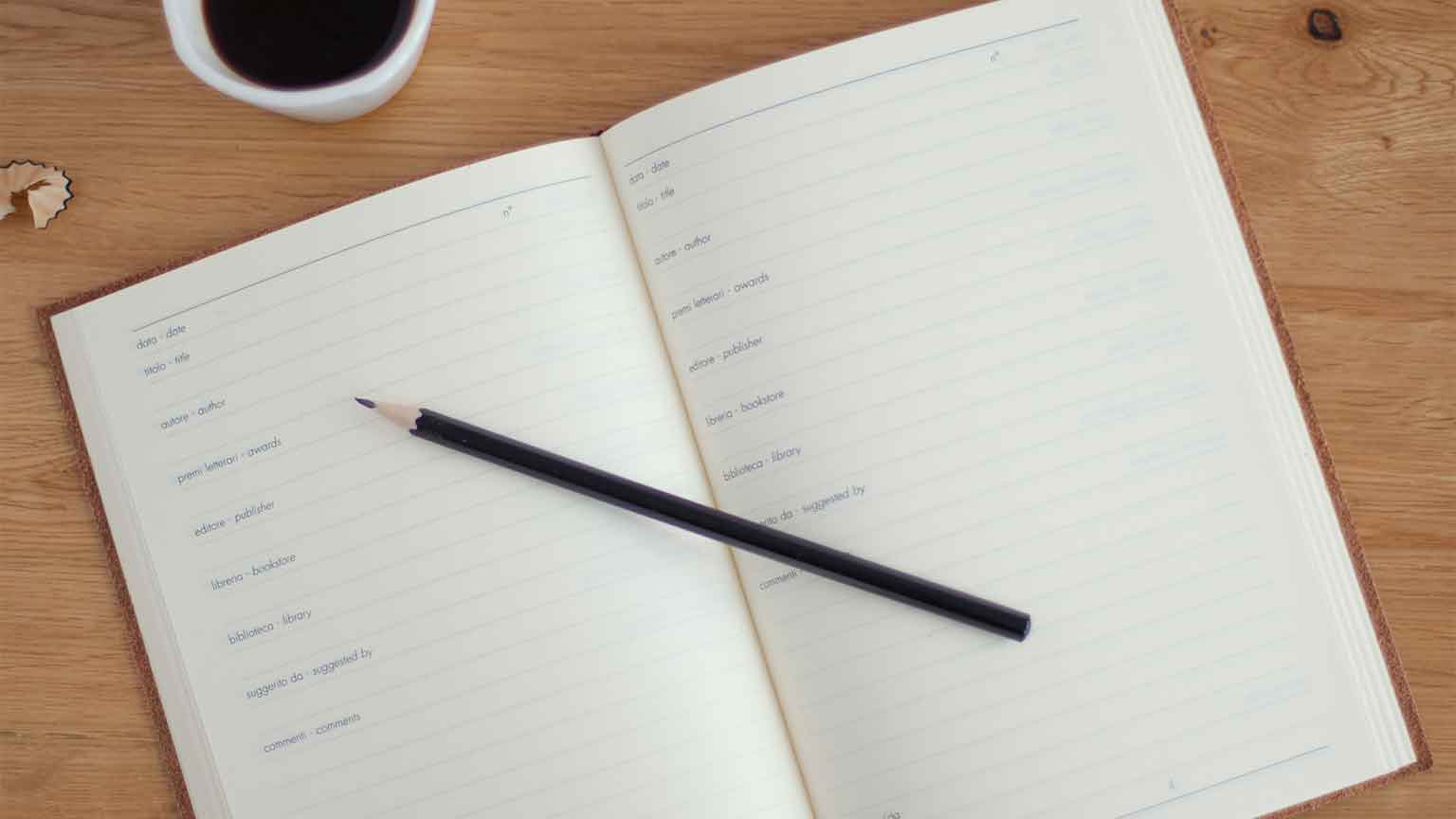It’s not a secret that everybody secretly dislikes meetings. We’ve all had our fair share of business sessions that really didn’t have any impact and just felt like a big waste of time. Organizing a meeting might sounds easy on paper but in reality is a feat of itself. You need to invite the right people, to cover a serious topic in a short amount of time, to be able to smoothly present the topic at hand, and to make sure everybody got the memo. Complicated, right? Well, not really. In this article we’ll try to help you better prepare and present your next meeting. As always, fetch your favorite drink and let’s move forward, shall we?
What is a meeting agenda?
In order for any action to have a better chance for success there has to be a proper planning phase. This also applies for meetings. As we already mentioned, nobody likes to sit in a small room with pen and paper ready at hand just to smile and nod wondering why is this meeting even necessary. There is a magic cure for that and its called a meeting agenda.Meeting agendas are basically an outline of a meeting. They should cover the main points of the gathering, act as an overall guide and should be able to help everyone involved to get a better understanding of their purpose and of the main purpose.
Whether remote or in-person effective meetings are important for teams and businesses to better align on a subject. According to research only half of the time spent in meetings is effective and engaging and over $37 billion is wasted on unproductive meetings each year. Without apparent purpose and proper organization your next meeting can easily fall in the previous statistic. It’s paramount to design a decent framework if you want your colleagues to feel organized and motivated to get stuff done.
Why do you need meeting agendas?
The lack of structure to a meeting can have a crushing effect on its purpose. Often times conversation trails off to offtopics which have nothing to do with the main purpose and just waste everyones time. Without a framework meetings run the risk of dragging for too long. Thirty minutes to an hour should be enough to brief a team on pretty much any topic.
Agendas help both the presenter and the attendees to have an overall better experience. For the host its necessary to keep the conversation on track in order to fit in the pre-defined time span, and to make sure each participant is engaged, and fully understands his/hers role in the meeting. For the people participating agendas help to clear the point of the meeting ahead of time, so that they can better prepare for it. For example if the meeting is about creating a new onboarding process, the presenter should address questions like: “Why do we need a new onboarding process?” ; “How the new one is going to improve current setbacks and fix issues?”; “Who is going to be in charge of different processes?”, etc. Alternatively, participants should prepare all sort of questions regarding the new system and think of ideas for the new one.
How to properly create and follow meeting agendas in 6 simple steps
Every process can be made easy if broken down. In the case of meeting agendas, here are some simple steps you can follow when preparing for the next meeting.
- Ask for input – when creating the agenda, ask the attendees for their input on how should the meeting be conducted. This will also help with overall engagement.
- Present agenda items as questions – the more eloquent and precise an agenda item is named, the better. Frame them as questions to help participants prepare better.
- Assign a timeframe to each item – by doing this you ensure that everybody will better understand the flow of the meeting. It will also serve as a reminder to the presenter on what to emphasize and to not drag the meeting out unnecessarily.
- Invite the right people – simple but very important. Make sure to pick only the people who are directly concerned with the topic of the meeting.
- Assign roles – unless you plan on leading the whole meeting, which often is not a good idea, you should assign roles for other participants. This will ensure that everyone will come prepared.
- Leave time for Q&A’s and wrap it up properly – always make sure to answer questions and concerns. They will inevitably arise at some point in time and its better to address them in the meeting room while everyone else is present, so that all the participants are properly aligned. It is also a good idea to summarize in short what were the results of the meetings and what is expected from each participant.
How to properly lead the meeting discussion according to your agenda
Creating a proper agenda is just a single step of managing a successful and efficient meeting. In order to run a meeting correctly you need to understand that most of the work happens beforehand through organization and planning. Don’t forget to:
- Define the objectives
- Create an agenda and send calendar invites
- Create a safe space for communication and collaboration
- Stay on track
- End with clear actions
People don’t dread all meetings, they dread the poorly planned and managed ones, which lack structure and organization. By being proactive and carefully designing your next meeting, you will be able to set yourself apart and possibly create a positive and fruitful experience for everyone involved. The most important thing is to always ask for feedback and to make adjustments along the way. Practice makes perfect and with time and patience you will undoubtedly be able to hold killer meetings.


